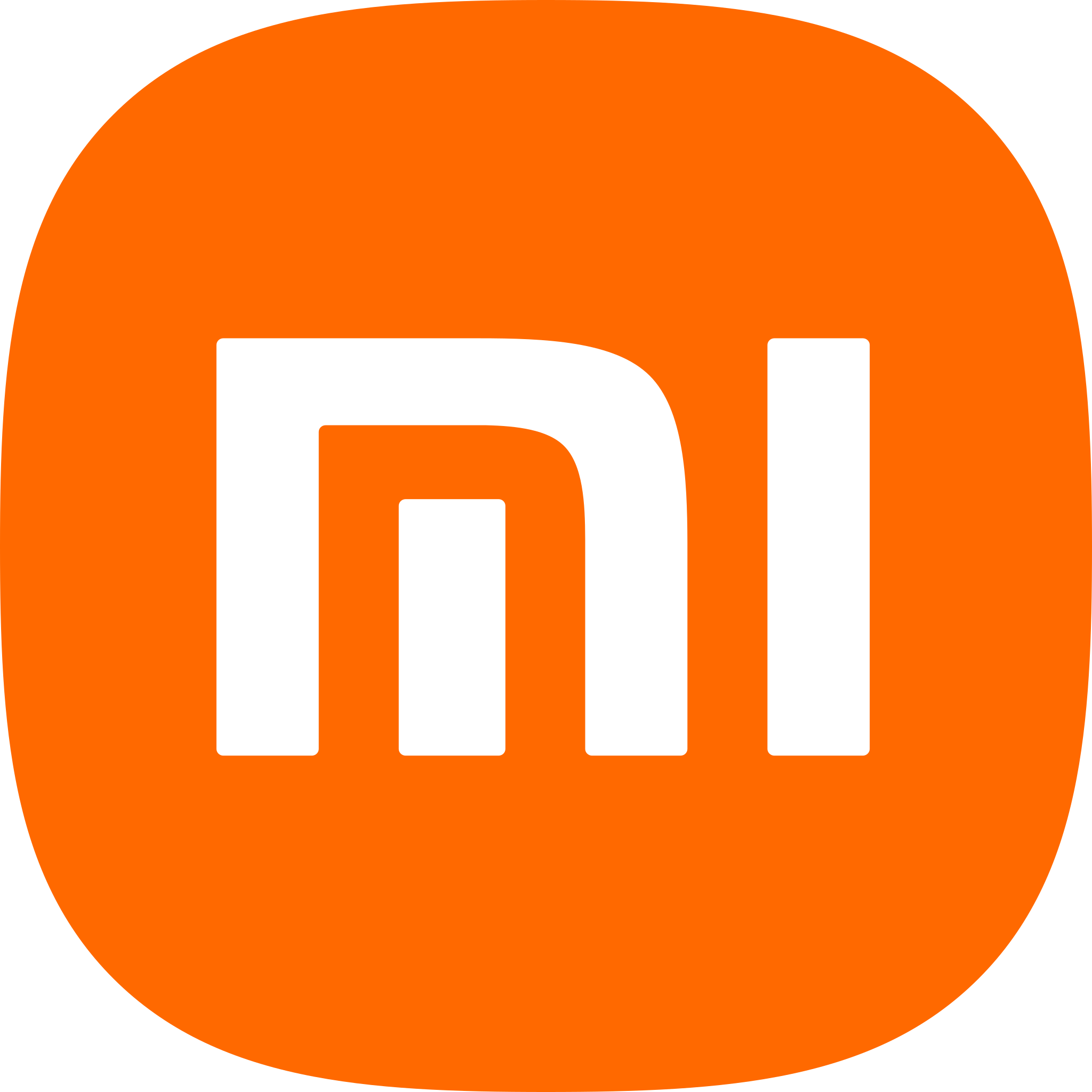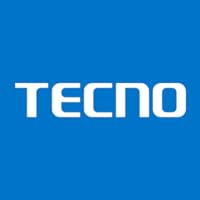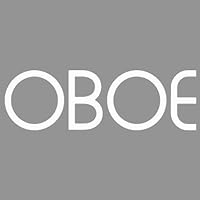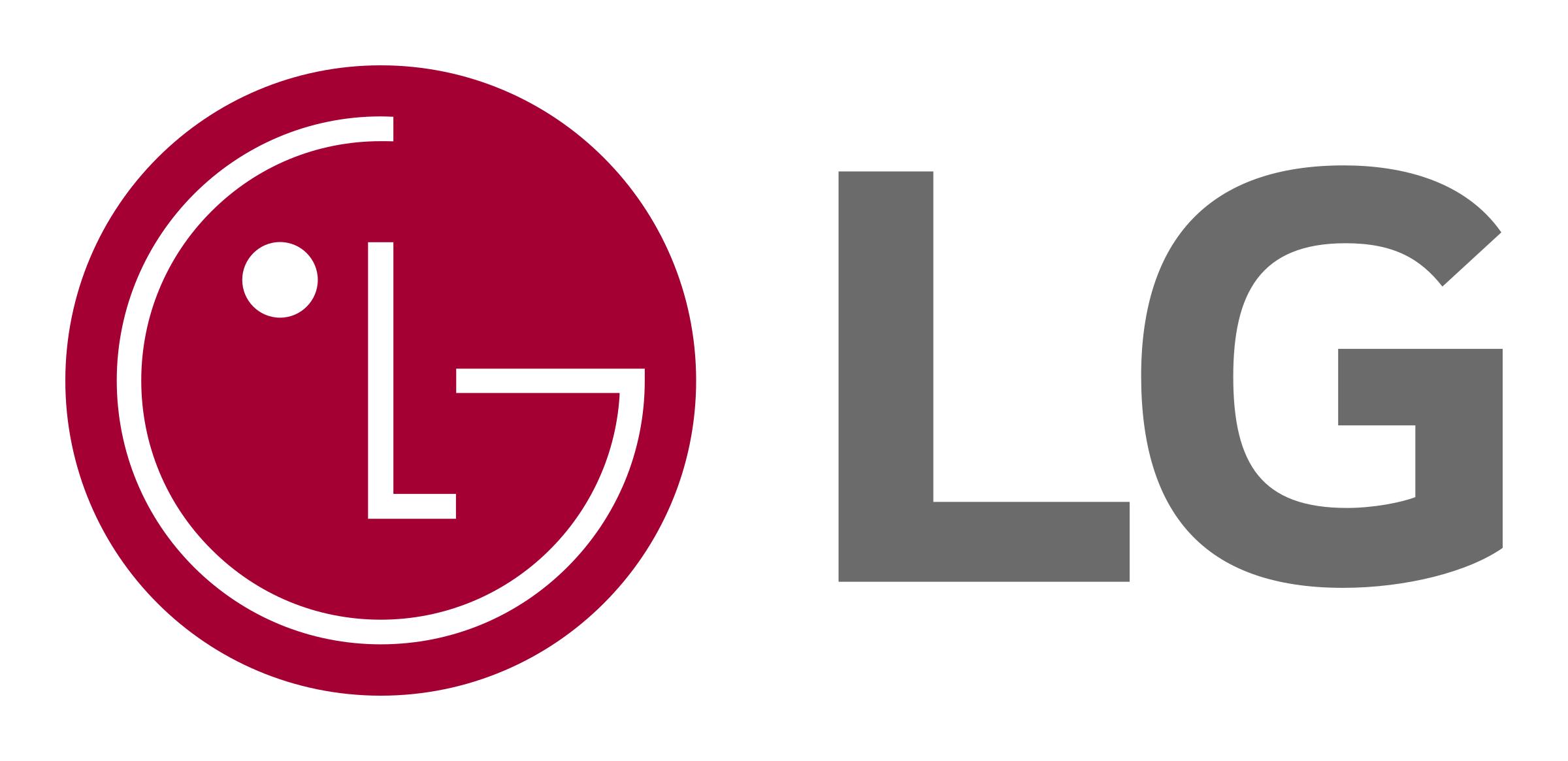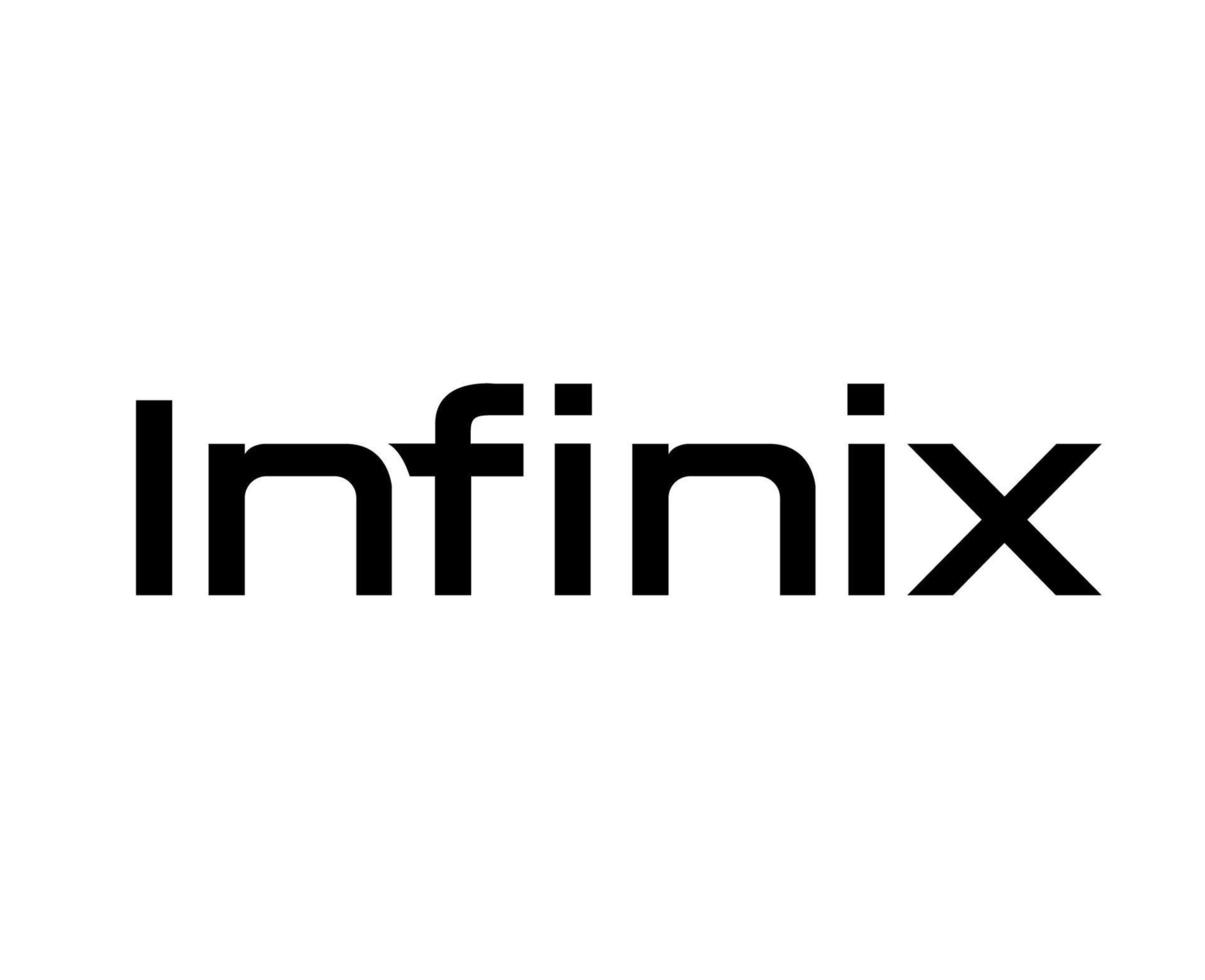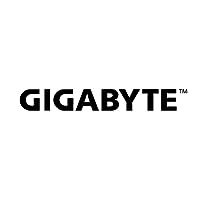Not all desktops are made equal, and so their price varies according to the type of usage. Primary, there are two types of desktops– consumer-grade and business-grade. As the names suggest, Business-grade desktops are typically more powerful having more memory and powerful processors than their consumer-grade counterparts. Choosing the right desktop PC is important to get the best deal for the price you pay and to enjoy the seamless performance. Simply put, you cannot satisfy your business needs with a home desktop, and vice versa. Let’s understand their differences.
Difference in Application
How a business computer is operated is very different from how one uses a home desktop. Depending upon the business needs, a business desktop has to perform many continuous tasks simultaneously every day. In addition, businesses need to run many specialized software applications, which might require more RAM and processing power to process data. On the other hand, a home-usage or consumer-grade desktop performs relatively lighter tasks. For Example, Internet browsing, video streaming, email, shopping, downloading, word processing, attending online classes or meetings to name a few. For these, an entry-level latest-gen or a gen old CPU with minimum RAM is just enough.
Difference in Specifications
Business-grade desktops typically come with multi-core-hyperthreaded CPUs these days, with 8-16 GB RAM, or even more in some cases. Business desktops are usually used in graphics designing, production control, logistics-chain support, data analytics, application development, and trading. Such tasks are performed using resource-hungry applications by professionals. Therefore, a business computer may contain dedicated graphics cards depending on the need. Moreover, the graphics cards installed in business computers like Nvidia Quadro are pretty different from consumer-grade gaming graphics cards like Nvidia GTX and RTX.
Hardware Requirements
Professionals use business desktops, so there is no room for error or process slowdown. A good quality webcam is necessary for business PCs to ensure the best communication with team members. Multiple monitor connectivity is a must-have for intense monitoring or analysis tasks like trading or production lineup control. Businesses usually buy desktops in bulk, making it an accountable investment for the project. So, all hardware components in the desktop need to be made of top-notch quality. To ensure sturdy built quality, Mil-grade business PCs are great options. If you want to explore more about Mil-grade business desktops, check out the HP Online store. The HP 800 G6 MT desktops, for instance, are MIL-STD & TCO certified products that offer longevity and nonstop performance in the same package.
Cost Factor
The cost factor here can be classified into two parts, i.e., long-term and short-term costing. While buying a desktop, the initial price is the short-term cost or investment. On the other hand, servicing, upgrading, and power consumption are long-term costs. For a business with multiple desktops operational every day, having energy consumption can result in a huge electricity bill, which can tear through your budget. So, investing in desktops optimized for low power consumption might be a good idea. Energy Star 8.0 certification is an excellent place to start when cutting down the long-term cost. Good quality on-site customer service and upgradability features should also be looked for, which will extend the lifeline of the desktops so that you don’t have to buy again just after a couple of years.
For a typical consumer-grade home-usage desktop, consider a budget of ₹30,000 to 50,000. Of course, it can go higher for the needs of gamers and work-from-home-employees. But, a business desktop will cost more than that. The range can lie anywhere between ₹50,000 to 1,00,000, even more for enthusiast pros.
Choosing the Best Home Desktop
When choosing the home desktop, consider who is going to use the PC and what they are going to do on it. You need not invest much in the internet, multimedia, and basic computation. But, for a video game enthusiast, a home desktop can be costly due to a high-performance CPU and dedicated gaming GPU. There is no need to have ample storage for primary home usage, as in many cases, 250GB of space with additional cloud storage is enough. But for gaming pros, 500GB-1TB M.2 SSDs are necessary these days. But if you are looking for a home desktop and intend to use it for remote office work from home, you should reconsider and go for a business desktop instead.
Specs to consider for home desktops:
- For home desktops, 10th or 11th-gen, Intel Core i3 or AMD Ryzen 3 5000 CPU is just enough if it comes with 8GB RAM and a minimum 500GB HDD or 250GB SSD.
- For gaming, a dedicated Nvidia or AMD GPU would boost the performance. Gamers also need high-quality gaming accessories like mechanical keyboards and 7.1 surround sound headphones.
Opting for the Perfect Business Desktop
A business desktop might have to deal with clusters of different types of computations. Therefore, it must be sturdy, robust, optimized, and straightforward. You should go for mid to high-range CPUs with multiple cores and threads to ensure power and performance. Having 16 GB RAM is helpful in various tab operations. For data analytics and treading-type jobs, you may opt for multi-monitor setups for better visualization. Upgradability is a must to opt for so that you can increase the RAM, GPU, Storage, etc., in case the desktop starts lagging after a couple of years. An optimized Power supply unit can draw optimum power and save you some bucks on power bills each month.
Specs to Consider for Business Desktops:
- 11th/12th-gen Intel Core i5 or i7 CPU is highly recommended for businesses.
- 16GB RAM and at least 500GB M.2 SSD is the day’s requirement which you can’t ignore. Look for desktops that come with 64GB or 128 GB expandability. You can also look for Intel Optane support to make your business desktop blazing fast in data operations.
- Nvidia Quadro GPUs are helpful for graphics designers and VFX artists, which is usually costlier than gaming GPUs. Even if you do not need a GPU now, make sure your desktop has GPU support so that it can be upgraded later if needed.
- Webcam and headphones are also necessary to enhance team collaboration and communications. Go for business desktops that feature at least eight or more USB ports for connectivity.
- For business desktops, you can not overlook security needs. Drive lock for data security protection, physical security of Hood sensor, and integrated accessories cable lock are some of the latest features to look for.
- For businesses, it is recommended to go for reputed brands like HP to ensure the best quality on-site service and warranty supports.
- Businesses should always ensure their desktops meet all the recommended standards like MiL testing, TCO certification, EPEAT silver registration, Energy star 8.0 rating, etc.
- The “form factors” can also be an issue for business desktops, where slimmer systems like HP ProDesk 400 Series can help.
This was a broad overview of business vs home desktops. Hope it helps you decide what’s best for your requirements.










